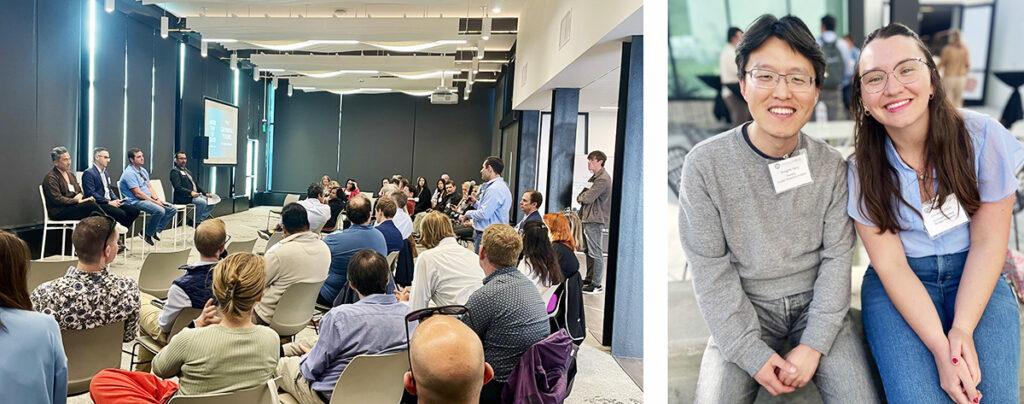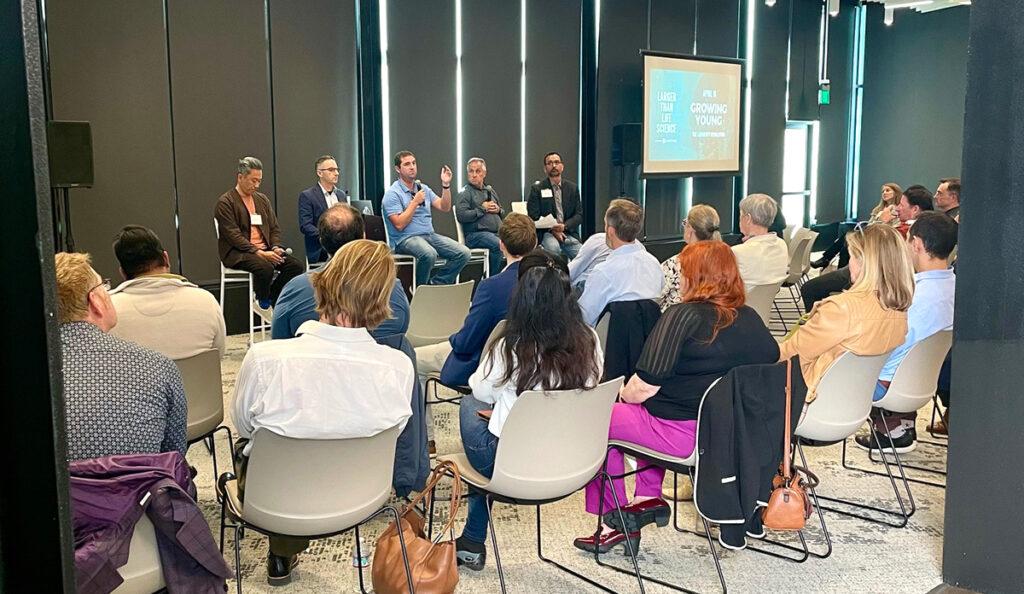

Last week in San Diego, CEOs and VCs in the aging & longevity space got together to share their insights on anti-aging medicine. Here’s a summary:
𝟰 𝗺𝗮𝗶𝗻 𝘁𝗼𝗽𝗶𝗰𝘀 𝘄𝗲𝗿𝗲 𝗰𝗼𝘃𝗲𝗿𝗲𝗱
- Types of outcomes investors want to see.
- Changes in academic funding landscape
- Regulatory landscape
- Ethical considerations
𝗞𝗲𝘆 𝗧𝗮𝗸𝗲𝗮𝘄𝗮𝘆𝘀
- Longevity is not about living longer. It’s about increasing the number of years in which you are at your best and improving recovery from disease. Think of the resilience children have.
- Aging is epigenetic. Changes in methylation patterns alter gene expression. This is not about telomeres or gene mutations anymore.
- First therapies to market may be AAV gene therapies. These therapies can restore methylation patterns to baseline and will focus on shared genes associated with aging and chronic disease.
- The 4 disease categories associated with aging are called the 4 horsemen. They are heart disease, diabetes, neurodegeneration, and cancer.
- Therapies addressing the above conditions represent a multi-trillion dollar market, and investors are looking to de-risk by putting money into clinical assets.
- Capital markets are slowly recovering with increase in IPOs and slight lowering of interest rates. CPI is still up and labor market is still in oversupply. Advise cautious optimism using the mantra “survive till 25′”
- Pre-clinical companies will have difficulty raising capital in this space. First-time CEOs should expect major challenges.
- NIH is putting more money into risky “moonshot” projects that encourage biotech partnerships, have commercialization plans, and can demonstrate path to market in 3-5 years.
- Projects are expected to have reasonable endpoints and broad applications. No more decades-long studies, and a slow move away from precision medicine.
- The convergence of engineering an biology principles will be important for building a capable future workforce.
- To increase accessibility and reduce cost, a larger specialized labor force is needed that can scale and administer gene therapies globally.

Thanks to Ali Divan, Ph.D., Founder & Chief Mentor, Trulitica, for the write up!